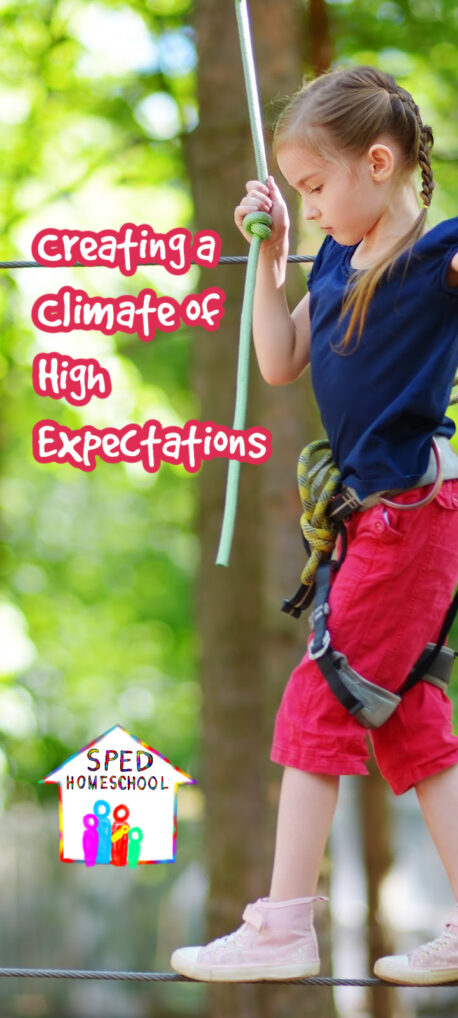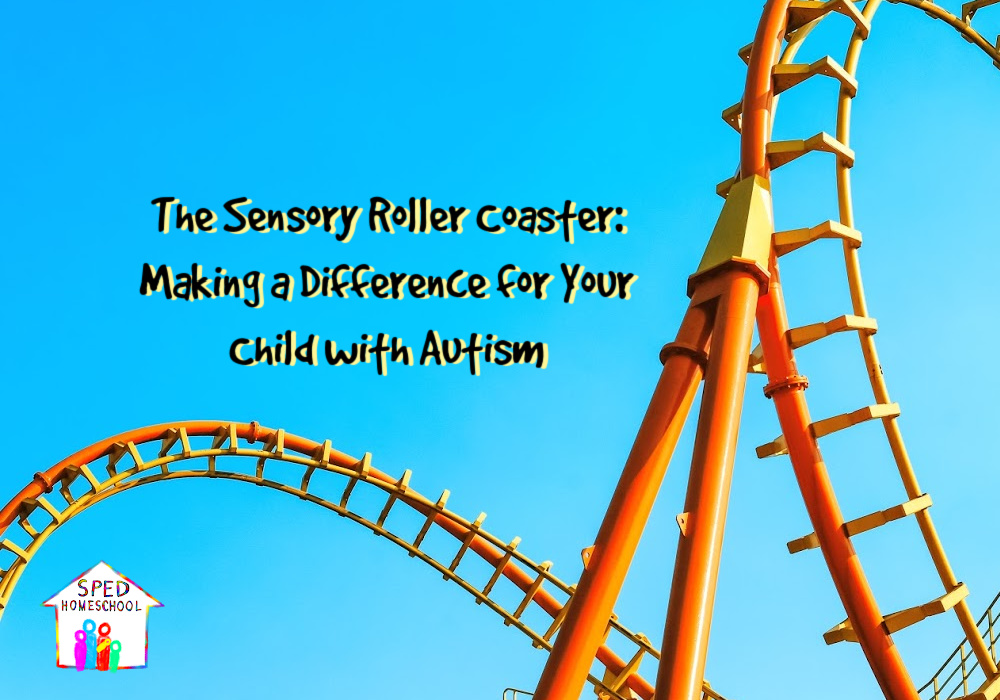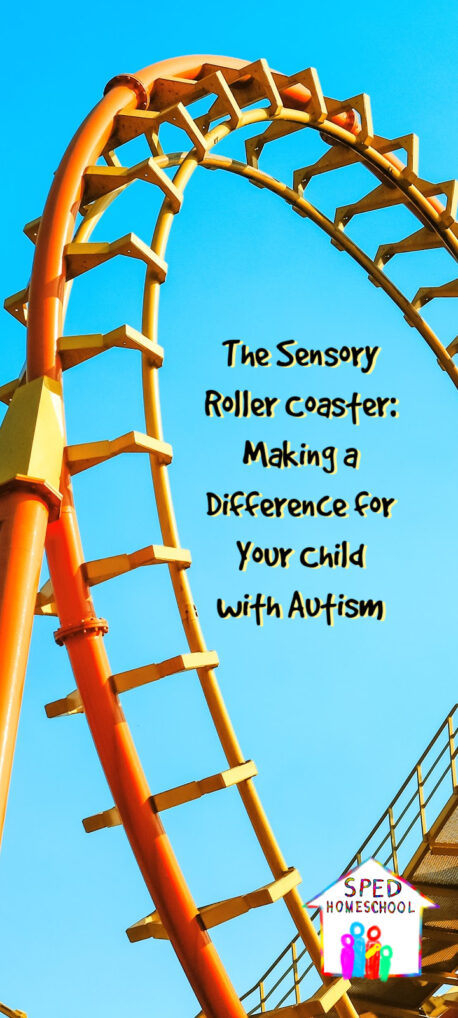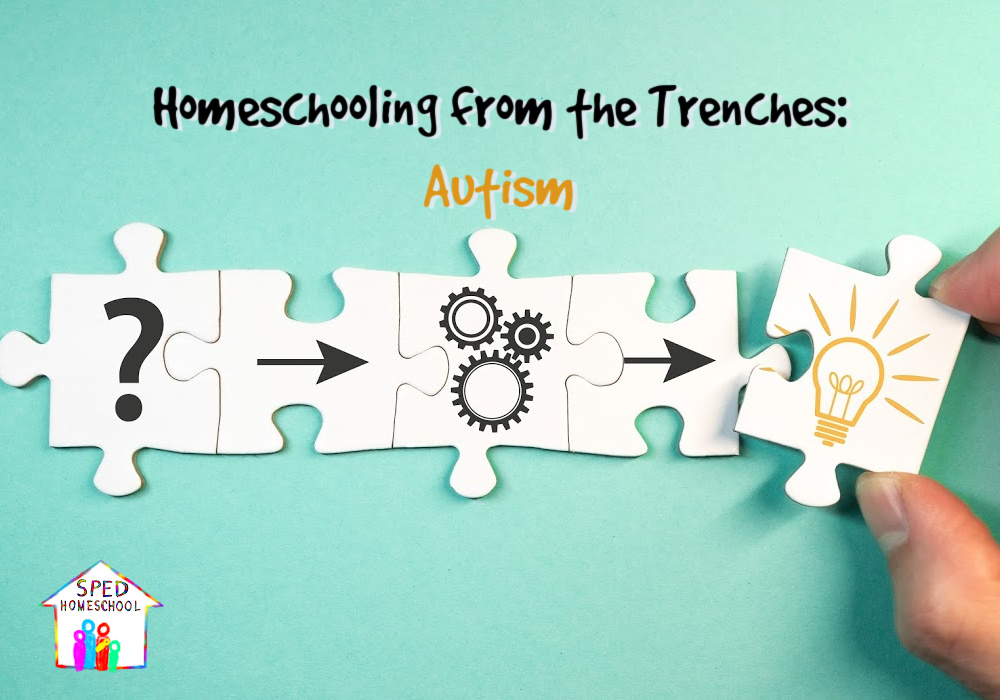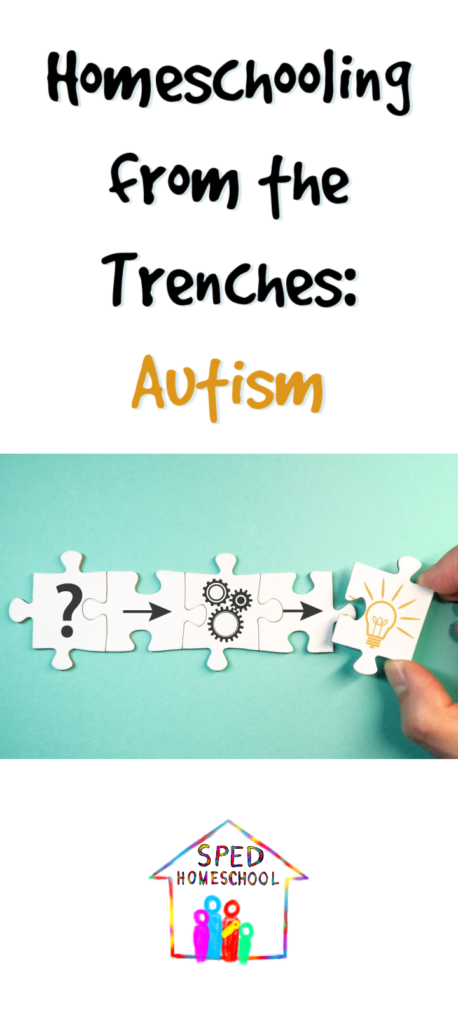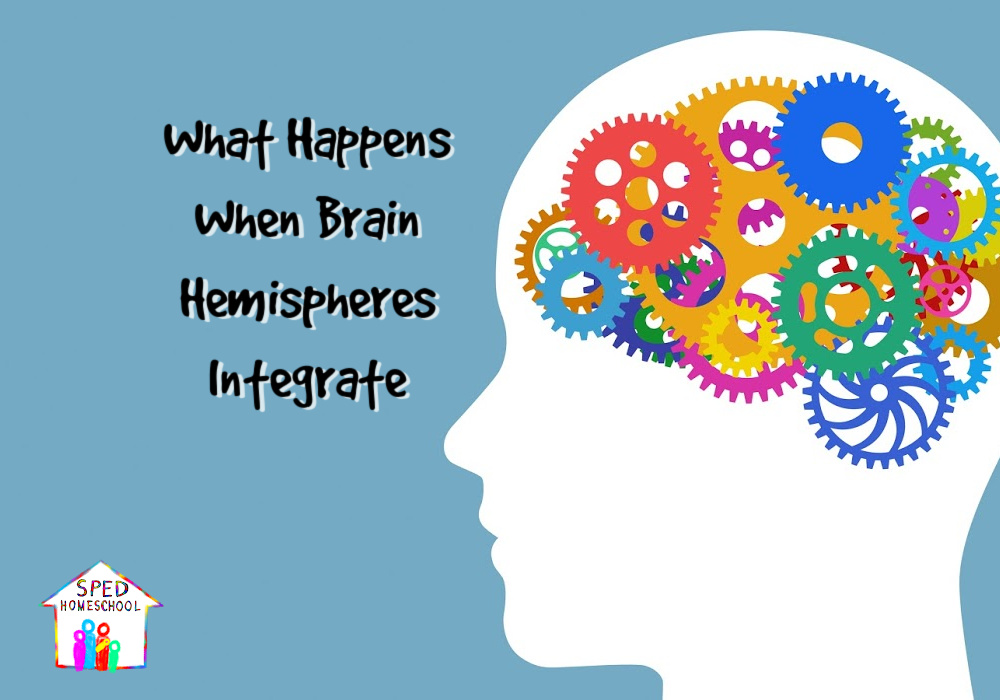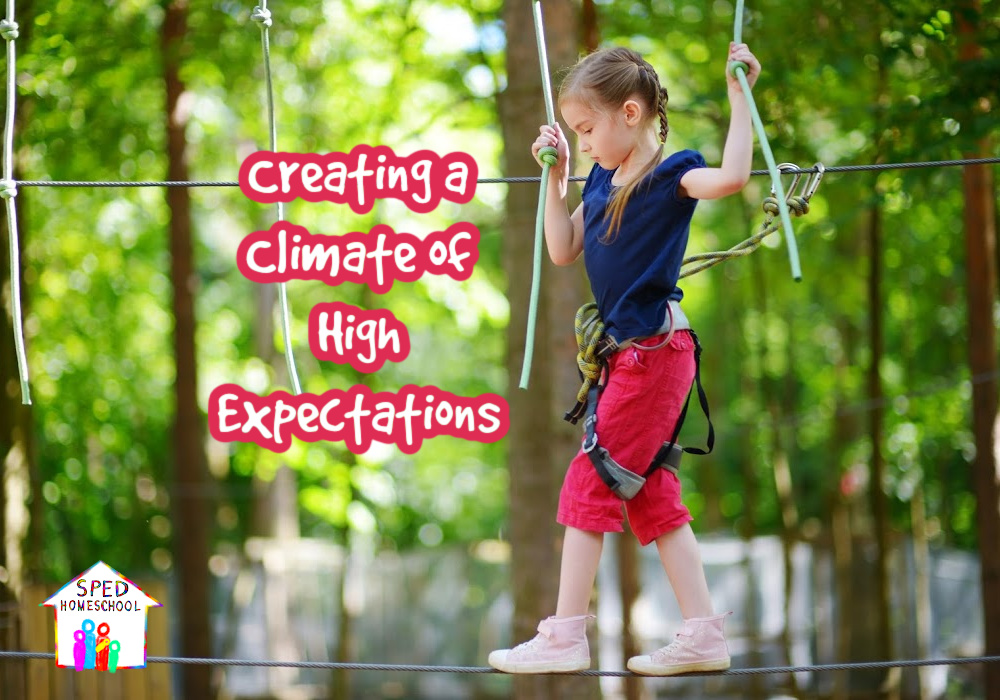
by Brandi Timmons, M.Ed., BCBA, LBA, SPED Homeschool Partner at Incuentro and Social Motion Skills
April is Autism Awareness Month and we here at SPED Homeschool understand how autism can affect learning and the education process. SPED Homeschool Founder and CEO, Peggy Ployhar, started their family’s homeschooling journey after their son’s autism diagnosis 19 years ago. We hope that our resources will empower your homeschool and your student will reach his/her full potential.
“He doesn’t talk much. He reads at a 1st grade level. We’re working on coloring and staying in the lines.”
As a public school special education teacher, nothing upset me more than statements like these in an IEP meeting. An incoming 6th grader, the student went on to gain three years of academic growth that year. By the end of 7th grade, he was in all mainstream classes, played baritone in the band, and was a fantastic cross-country athlete.
The most recent prevalence study conducted by the Centers for Disease Control (CDC) shows that almost half (44%) of children identified with ASD have average to above-average intellectual ability. A 2016 study of 1,470 children discovered that nearly half of individuals with minimally-verbal autism had high nonverbal intelligence (Zeliadt, 2016). Compare that to a 2015 study–less than 20% of students with autism in Texas public schools are in a mainstream setting and, in New York, less than 10% (Kurth, J., 2015, pp. 249-256). Those students are not being educated with and in the same setting as their peers. For adults with autism, the statistics are just as alarming. National data indicates that most adults with autism are unemployed or underemployed (Migliore, Butterworth & Zalewska, 2012). Some sites report the percentage as high as 90%. How has this even happened?
What are the consequences of presuming incompetence? Learners are often educated in more restricted settings. We communicate with them differently–we use more basic vocabulary or “baby talk.” How many times have you heard someone talking to a teenager with autism as if they are 5 or 6 years old? What an insult to someone who may have the cognitive abilities of a genius! They also often don’t get invited to participate in groups and activities in which their peers do.
What is the harm of assuming competence? NONE! Yes, in some instances, we might spend some time working to find supports that help them be successful, but in no way have they been denied their right to try. A large part of the level of success learners will ultimately achieve depends on the level of expectation we set for them. When you set high expectations for students, the amazing tends to happen–they meet them!
The following intentional strategies will help empower your program or organization to create a climate of high expectations for all learners:
- Know your learners. Find out their interests. Ask about their learning styles. What supports do they already receive that help them succeed?
- Set short-term goals. Set goals for them that you are certain they will achieve. When they master a short-term goal, use the momentum from that success to introduce another slightly more difficult goal.
- Utilize the Goldilocks Principle—give students tasks that aren’t too easy, aren’t too hard, but are just right for them. (Estrada 2018)
- Build on the learner’s strengths. Set goals that allow the student to utilize natural abilities. Incorporate those strengths into other tasks as much as possible.
- Make expectations explicit. Define instructions clearly and concisely. Don’t “dumb down” your language, but rather cut out any unnecessary words. Give instructions one or two steps at a time if necessary. Use visuals to support understanding of expectations.
- Provide praise at a 7:1 ratio to correction. There is ALWAYS something good you can say about someone!
- Use positive language. Re-frame your corrections in a positive way. Instead of saying, “Don’t run!” you should say, “Walk in the hallway, please.”
- Don’t GIVE the correct answer. Probe for answers. Ask leading questions. When a student solves a problem or realizes a solution on their own, he or she is much more likely to remember.
- Don’t just tell a learner what they’ve done wrong. Again, probe. When a learner understands the rationale for a skill and recognizes the personal value of that skill, he or she is much more likely to use that skill.
- Give longer response time. Wait at least 5 seconds before you repeat a question. For some, this time may need to be longer. As you get to know your learner, you will begin to recognize what length of wait time is sufficient.
- Always remember that behavior is communication. Take a course in Behavior 101. Understand the four functions of behavior (escape, attention, tangible, and sensory) and be familiar with strategies to address behaviors related to each function.
- Provide equal response opportunities. Because the level of support needed for them to practice may be high and they might take more “work,” our inclination might be to not call on them as often. Be assured they will recognize this slight.
- Treat them like everyone else. Talk to them about the same, age-appropriate topics. If a student is non-verbal, have a conversation with them anyway. Never talk about them in front of them. Include them in age-appropriate activities. Everything their peers do, they should do as well.
- Do not ever give up. Provide high levels of support. Finding supports that work may take trial and error. Don’t get frustrated. Often finding the right supports requires thinking outside the box. Consult with others who might have great ideas.
You may be thinking that these strategies are obvious and should be done anyway. You’re right. They should. But unfortunately, they often aren’t. Very sadly, many individuals with disabilities are often denied the dignity of being treated as capable individuals and knowing someone believes in them. When strategies for creating a climate of high expectations are implemented, students will know. Students will trust you because they understand you are going to treat them with dignity and respect. Those on the spectrum need us to see them as a person first. They need us to believe in them. Most importantly, they need us to provide a climate of high expectations so they have the freedom to learn, succeed, and fulfill their potential.

